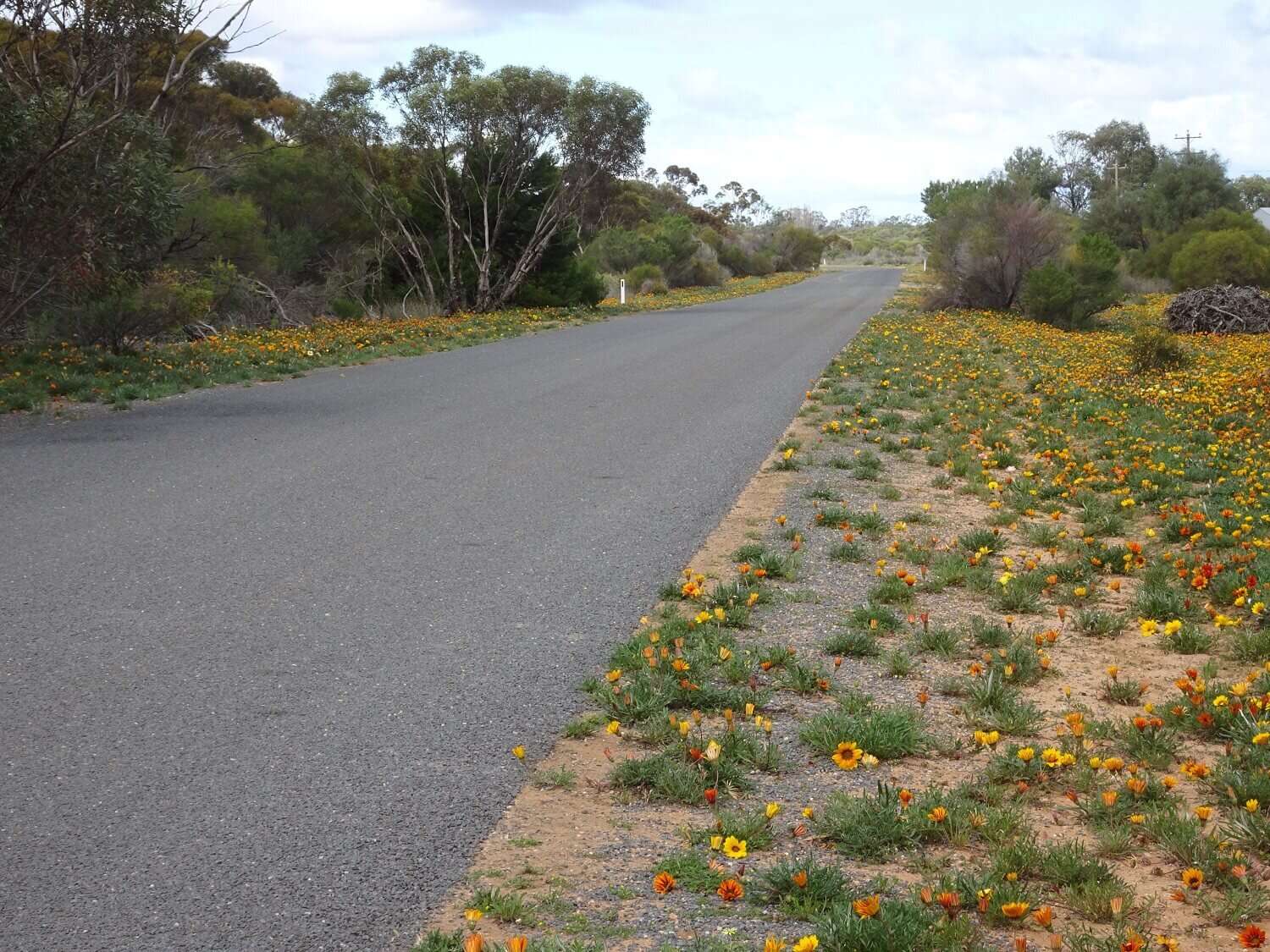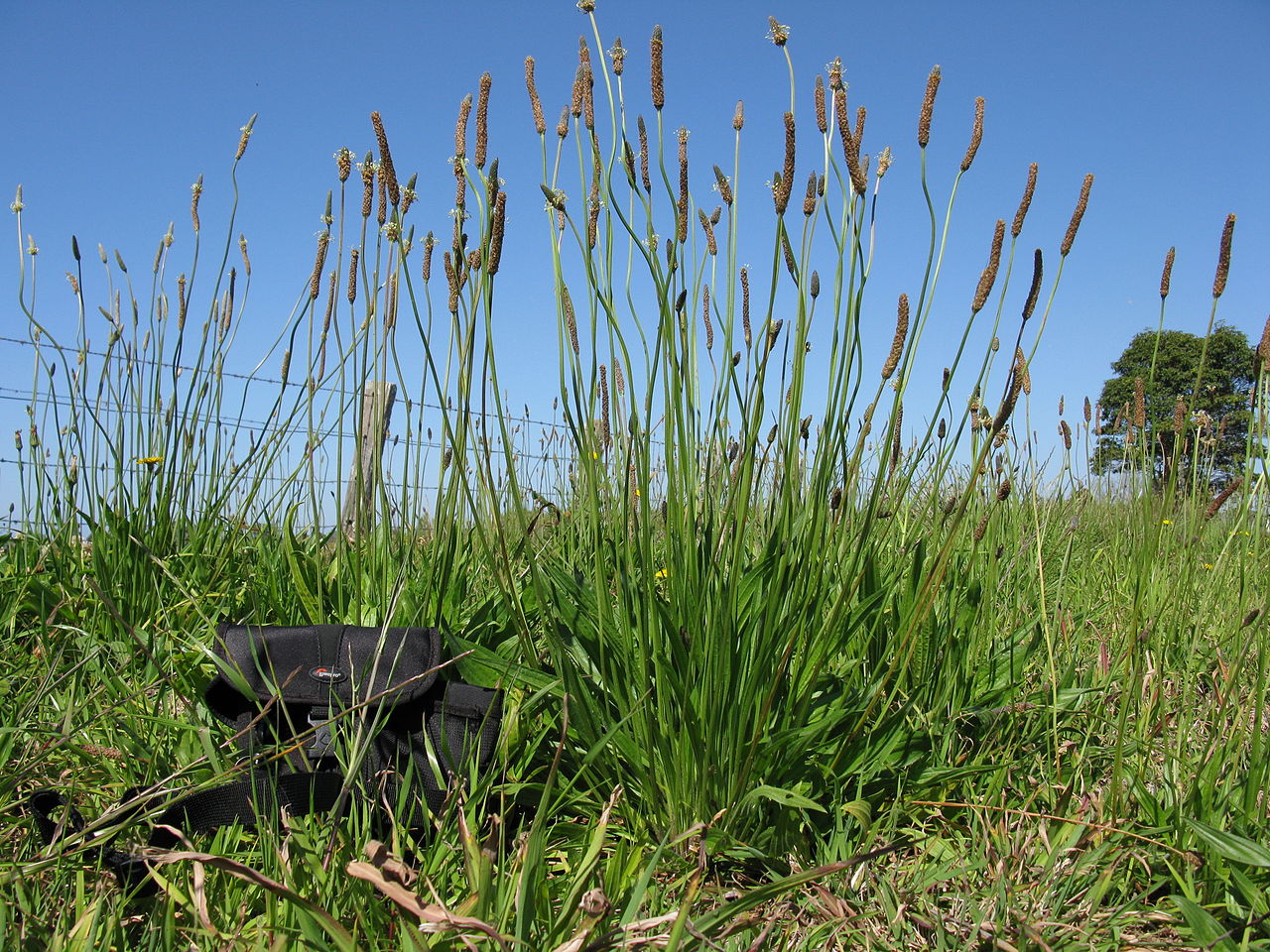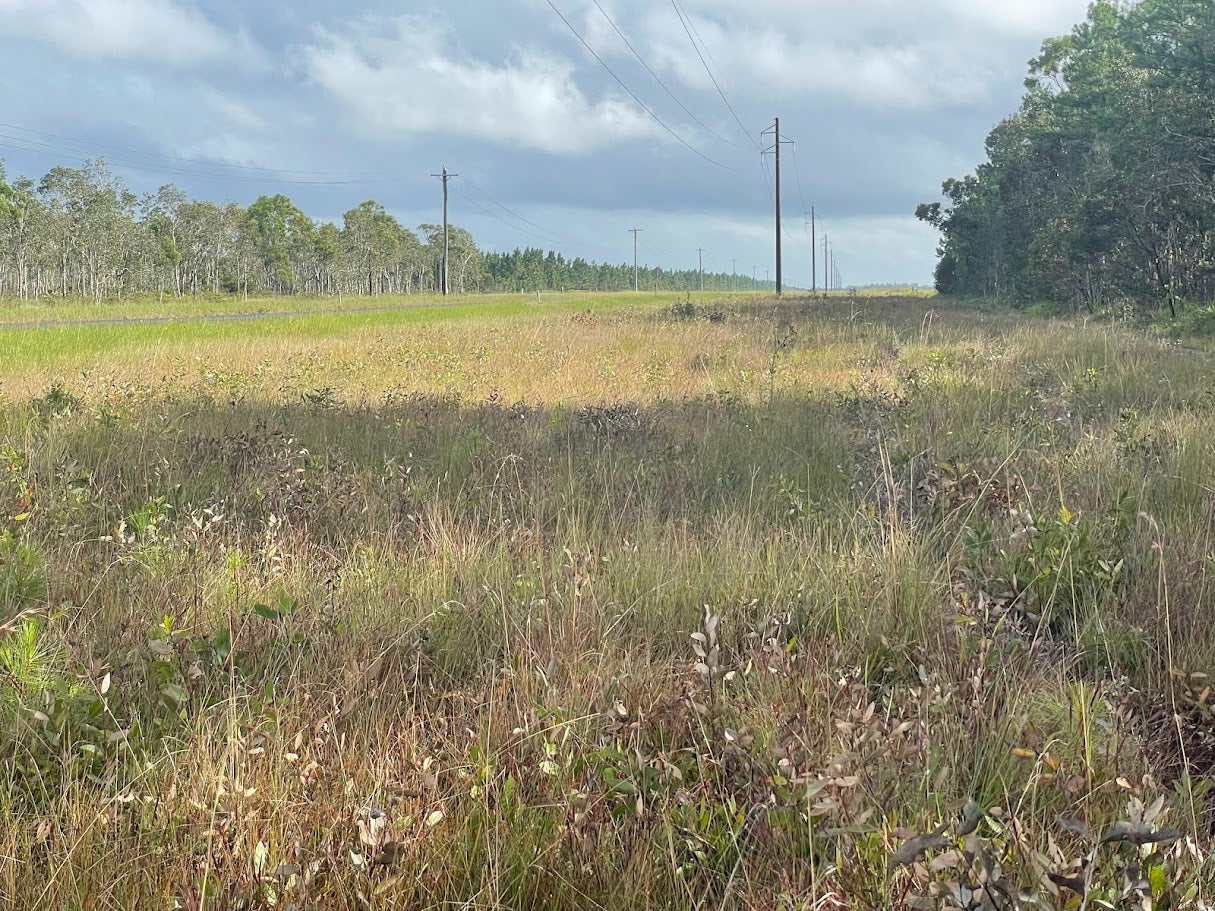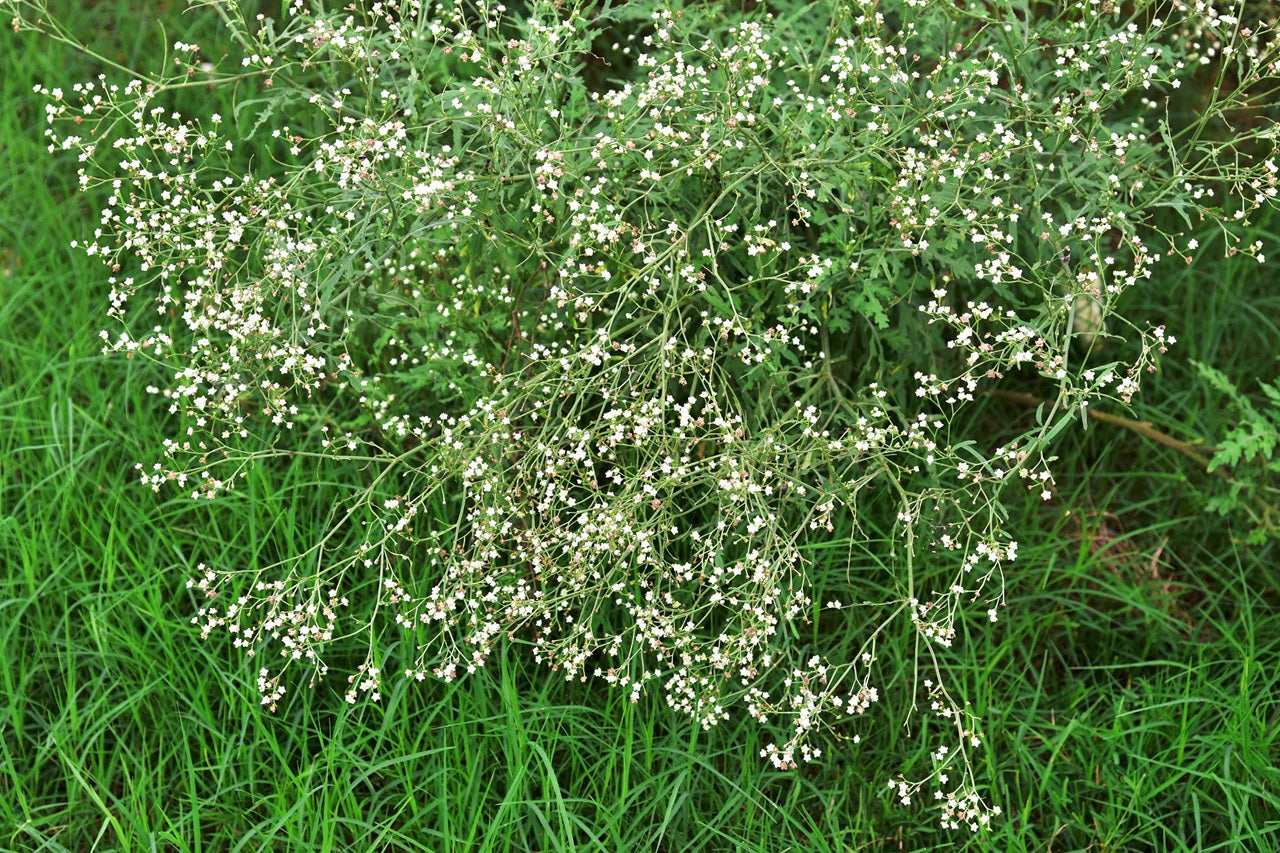
Archive: Herbicide Resistance Discovered in Our Worst Weed
Scientists at the University of Adelaide’s Waite Research Institute have discovered new cases of herbicide resistance in annual ryegrass, the most serious and costly weed of Australian cropping.
For the first time, researchers have found that annual ryegrass has developed resistance to paraquat, the second most important “knockdown” herbicide used by cropping farmers.
University of Adelaide weed management experts Dr Peter Boutsalis and Associate Professor Christopher Preston made the discovery in samples taken from two separate farming properties near Naracoorte in South Australia’s south-east.
Dr Preston says farmers should be concerned about the development of herbicide resistance.
“Annual ryegrass is the single most important weed affecting Australian cropping and this discovery has major implications for Australian farmers,” Dr Preston says.
“Paraquat is the only viable herbicide alternative to the most commonly used herbicide, glyphosate. With more than 100 annual ryegrass populations in Australia already having developed resistance to glyphosate, the discovery of paraquat resistance means that none of the currently available knockdown herbicides can be guaranteed to control ryegrass,” he says.
“The paraquat resistant ryegrass was discovered on sites where pasture seed crops have been grown for a long time and paraquat extensively used.”
Dr Preston says farmers should rotate their knockdown herbicides in alternate seasons and adopt integrated weed management practices.
Dr Preston is the lead investigator on a research project investigating annual ryegrass resistance to glyphosate, which has been funded by the Grains Research and Development Corporation.
Drs Preston and Boutsalis are based in the School of Agriculture, Food & Wine at the University of Adelaide’s Waite Campus.Additional content
VIEW GWS' ADDITIONAL CONTENT TO LEARN MORE ABOUT THE WEED INDUSTRY

Water pH and the Performance of Weak Acid Herbicides
Weak-acid herbicides must remain in their non-ionised (acid) form to move efficiently through the plant cuticle. When spray water is too alkaline, the herbicide molecule becomes ionised.
Read more
Towards Modern Vegetation Management: Solutions for Australia’s Linear Infrastructure
Understanding the Changing Vegetation Challenge Vegetation management across Australia’s linear infrastructure corridors is becoming increasingly complex. Roads, rail corridors, gas pipelines, elec...
Read more
Case Study: Parthenium Weed Hygiene
Introduction: The Necessity of Weed Hygiene Management Australia’s vast expanses and diverse land uses, from grazing pastures and cropping zones to natural bushland and urban corridors are u...
Read more
